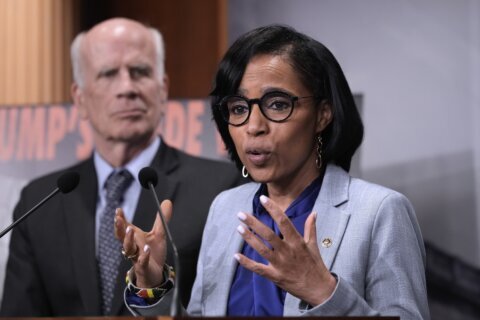This week, WTOP takes you from the bottom of the bay to the picnic table in our four-part series Claws and Effect: The murky future of the Chesapeake Bay blue crab. Listen on air and read it online. This is Part 1. Read Part 2 here.
This video is no longer available.
The blue crab is as synonymous with the culture of the D.C. region as marble buildings and political gridlock are with D.C. And while the blue crab population is stronger than it used to be, the commercial industry still had its ups and downs this year.
There are some worries about the future populations of the Chesapeake blue crab.
A lot of “Maryland style” crab doesn’t actually come from Maryland or even Virginia.
‘Maryland style’ crab from Venezuela
For years now, the state of Maryland has been promoting restaurants that buy and sell Maryland crab meat. The “True Blue” program is the state’s guarantee that the crab dip you buy as an appetizer was made with crab meat taken from Maryland waters, in an effort to support the men and women who work in the state’s seafood industry.
But if you look at the list of restaurants on there, it’s quickly apparent that only a tiny, tiny sliver of the places you might order seafood from actually adhere to the requirements. Whether it’s supply and demand, or the cost, almost all of the restaurants you buy crab cakes from make their “Maryland-style” crab cakes with crabs that come from not just out of state, but often enough, outside North America.
“Ninety-five percent of restaurants in Maryland are using Venezuelan crab meat,” said Matt Scales, the seafood marketing director for the Maryland Department of Agriculture. “And that’s — that’s a lot, right?”
His job is to lower that number, but a big hurdle for Maryland watermen is cost.
“So, Venezuelan is cheap,” Scales said bluntly.
Crab from Venezuela costs about half of what crabs in Maryland cost. Local watermen also compete with crabs harvested in places, such as Indonesia, Mexico and Gulf Coast states, such as Louisiana and Texas. And it didn’t help the Maryland industry this year that during peak demand of summer, the supply was nowhere near the demand.
A cyclical business
“If you would have asked me this question a month and a half, two months ago, I would say it was probably going to be the worst season I’ve ever seen,” said Jason Ruth, who owns Harris Seafood Company, a processing plant in Grasonville, Maryland.
He said the watermen he worked with saw a rebound in August, which is when the demand starts to wane even when the crabs get bigger and taste better once the region starts entering into the fall.
“Crabs are cyclical,” said Hal McBee, whose family has owned Cantler’s Crab House outside of Annapolis since the 1970s. “Sometimes they’re running, sometimes they’re not.”
“It slowed up really bad. June and most of July were really poor,” he said. “Right now they’re running good again.”
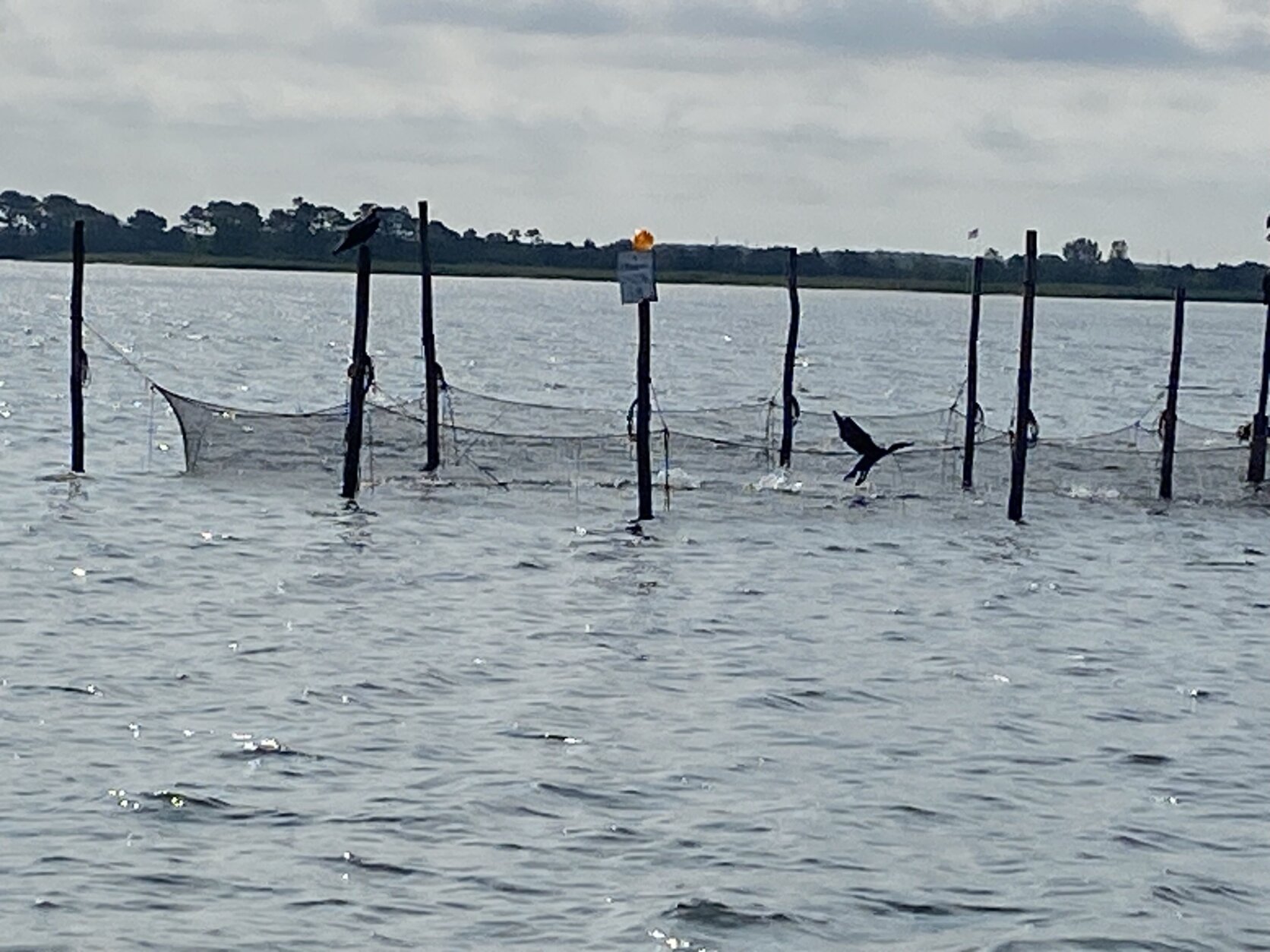
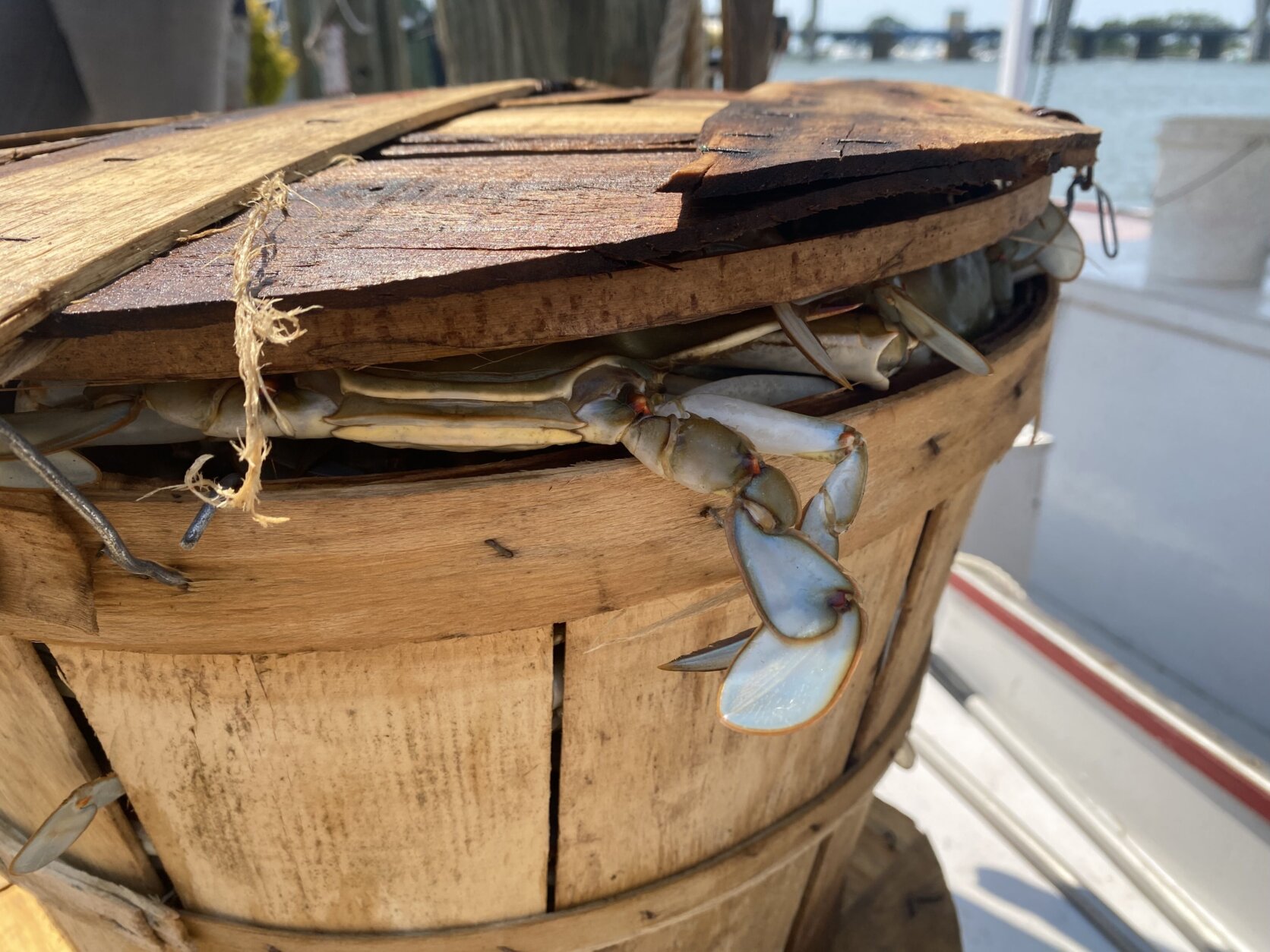
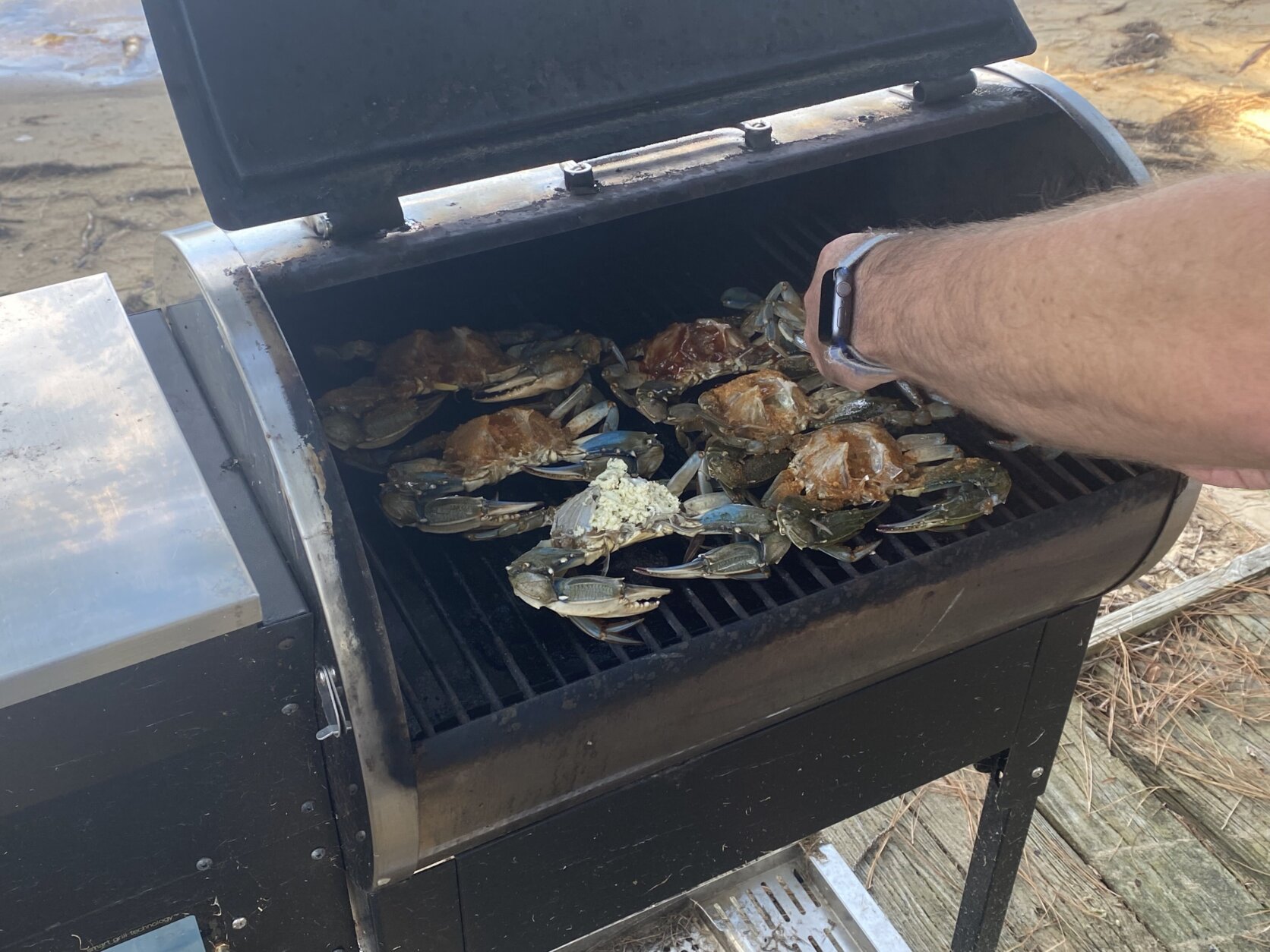
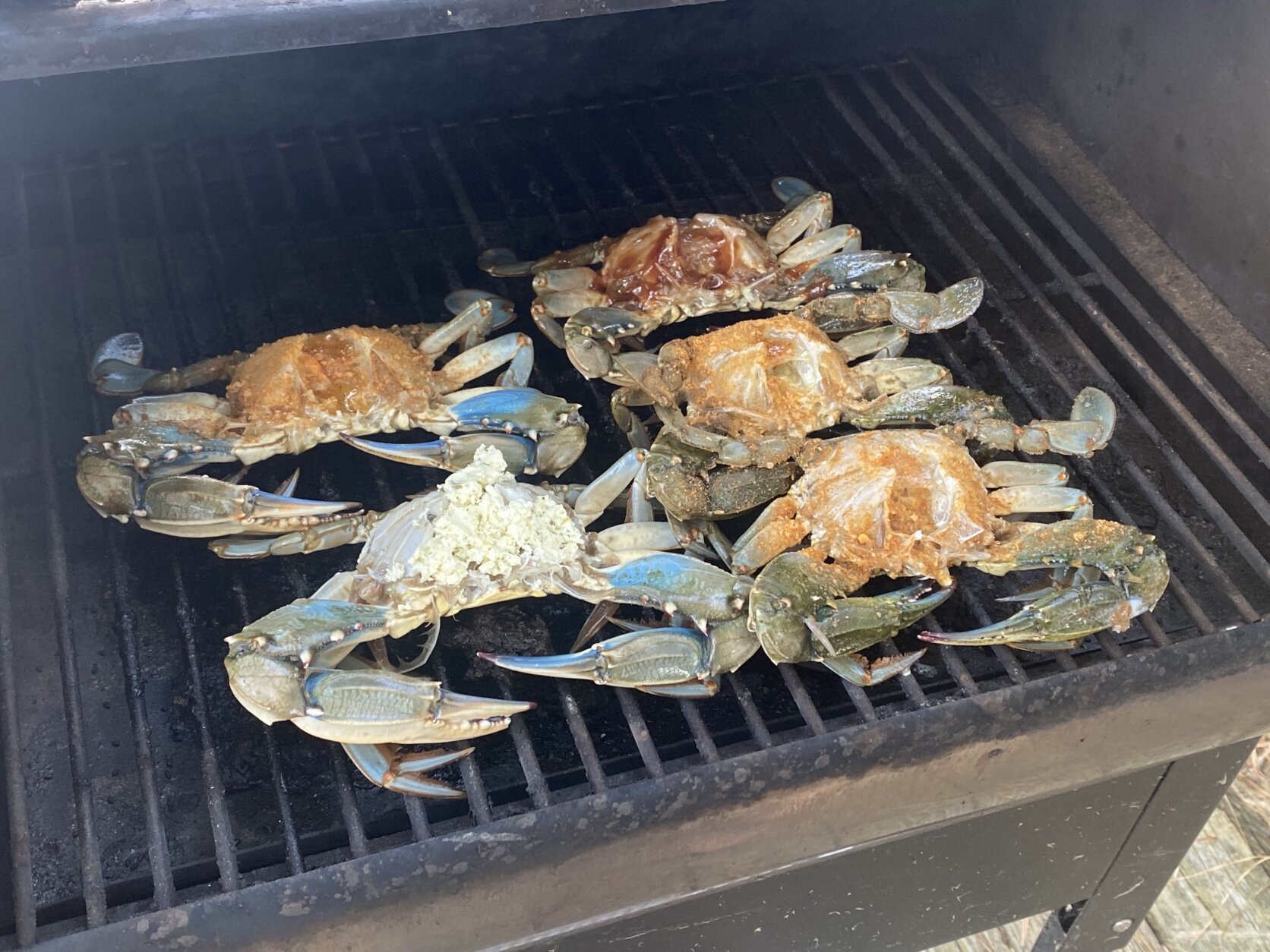
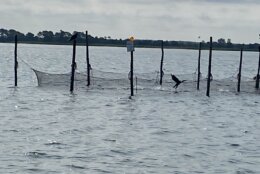
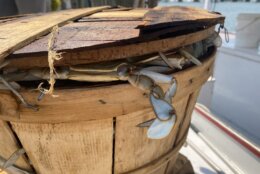
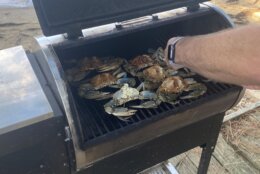
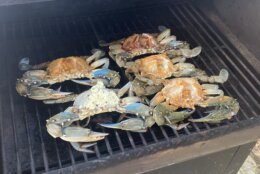
Cantler’s is one of the few restaurants considered True Blue by Maryland, and McBee said the motto is “Maryland first” when it comes to buying crabs. But he admits sometimes they have to supplement their offerings with crabs that come from out of state. But you’ll never eat a crab there that wasn’t caught outside of the United States.
“I have a lot of people say that the Chesapeake crab is the best crab. I mean, it’s just, there’s a sweetness about them,” said McBee. “It’s the brackish water — the combination of fresh and salt water, that gives it a distinctive taste. It’s just a real sweet taste. And, you know, I find them to be the best.”
McBee said his customers feel the same way, especially the ones who visit Cantler’s from out of state and want to have that real, Maryland crab experience sitting at waterfront picnic tables that look over a creek in Annapolis. Scales said most seafood lovers in the state of Maryland believe the same thing.
- Read Part 2 of “Claws and Effect”: Who’s to blame for the blue crabs’ disappearance?
- Read Part 3 of “Claws and Effect”: What’s driving Chesapeake Bay watermen away?
- Read Part 4 of “Claws and Effect”: Everyone thinks there’s only one right way to eat a crab. What if they’re wrong?
Caviar of the Chesapeake
“I look at Maryland crab meat as the caviar, the Chesapeake Bay,” said Scales. “People willing to spend money on caviar and go out and celebrate, whether it’s a birthday, anniversary, etc., they’re going to pay it. So I encourage them put it on the menu.”
“People will pay it as long as they know they’re getting in Maryland crab meat versus Venezuelan,” he added.
They’re also going to be fresher. A dozen steamed crabs you and some friends go pick at a place like Cantler’s were probably still in the water when you woke up that day.
Sometimes they’re taken directly from the water to the crab houses by the watermen who catch them. Sometimes they’ll go to a processor who sells to distributors that deliver to restaurants, adding a few hours of time between when they leave the water to when they arrive on your table.
Crabmeat imported from places such as Venezuela have also been linked to food-born illnesses in people because of things like vibrio and listeria. Scales said a lot of effort is put in to making sure that never happens with Maryland crab meat.
“We have a crab quality assurance program that the Maryland Department of AG partners with University of Maryland Extension program, where we test our crab meat to make sure there’s no listeria and other things,” said Scales. “We want to make sure Maryland crab meat is the safest. And we are the only one, not only in the country but the world, that tests our crab meat to make sure you’re getting a superior product.”
Currently Venezuela is in a conservation program, effectively shutting down the commercial crab industry until later this fall, and Scales is hopeful that restaurants around the D.C. region will give Maryland crabs another look, rather than turning to places, such as Indonesia and Mexico.
Likewise, if you’re buying crabs or crab meat from the grocery store, he’s hoping you’ll do the same thing rather than buying that cheaper can of meat that came from overseas.
“You’re supporting the watermen, and you’re also getting a fresh quality,” said Scales. “When it comes from Venezuela, Indonesia, it’s taking time to come over here. Who knows what’s in that waterways? Here? We know what’s here. We love our Maryland crab meat, and there’s totally a difference in taste quality.”
Especially right now.
“You’re not getting as good a quality crab during the middle of summer as you are in September, October,” said McBee. “September, October, they stop molting. They start fattening up for the winter because they hibernate over the winter time. So you’ll get a fuller crab a lot of time. I think they’re sweeter this time of year, too.”
Part 2 of our series looks at the competition the Chesapeake crab is facing under the water. Stay tuned.
Get breaking news and daily headlines delivered to your email inbox by signing up here.
© 2024 WTOP. All Rights Reserved. This website is not intended for users located within the European Economic Area.




